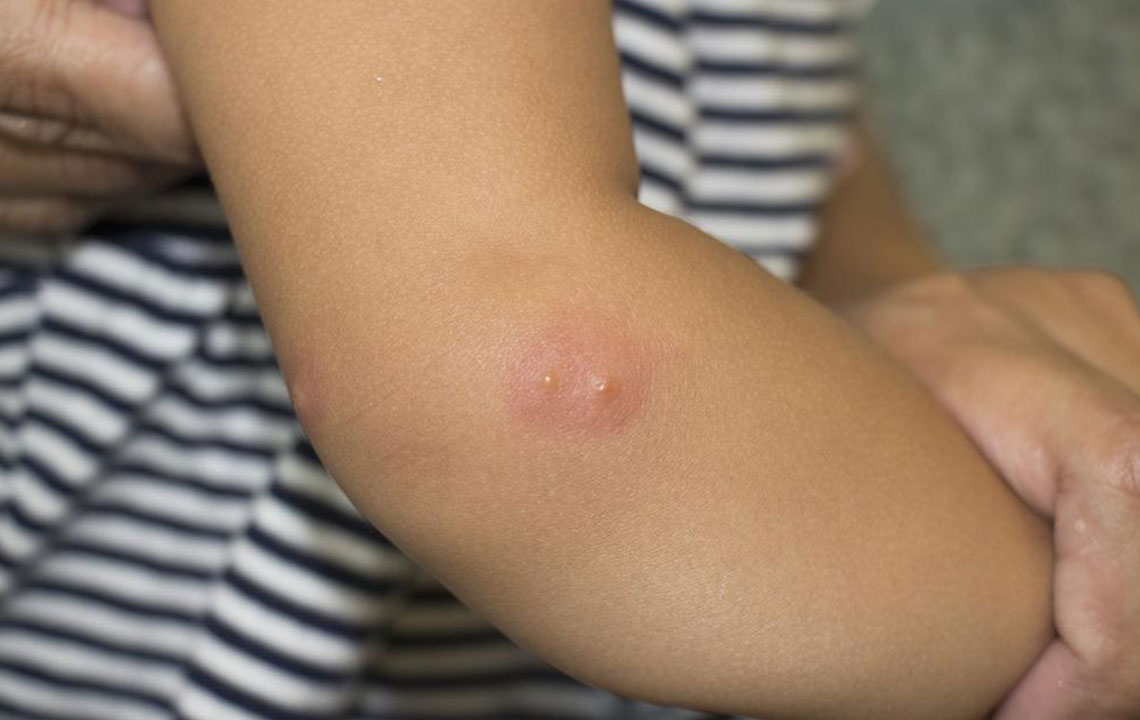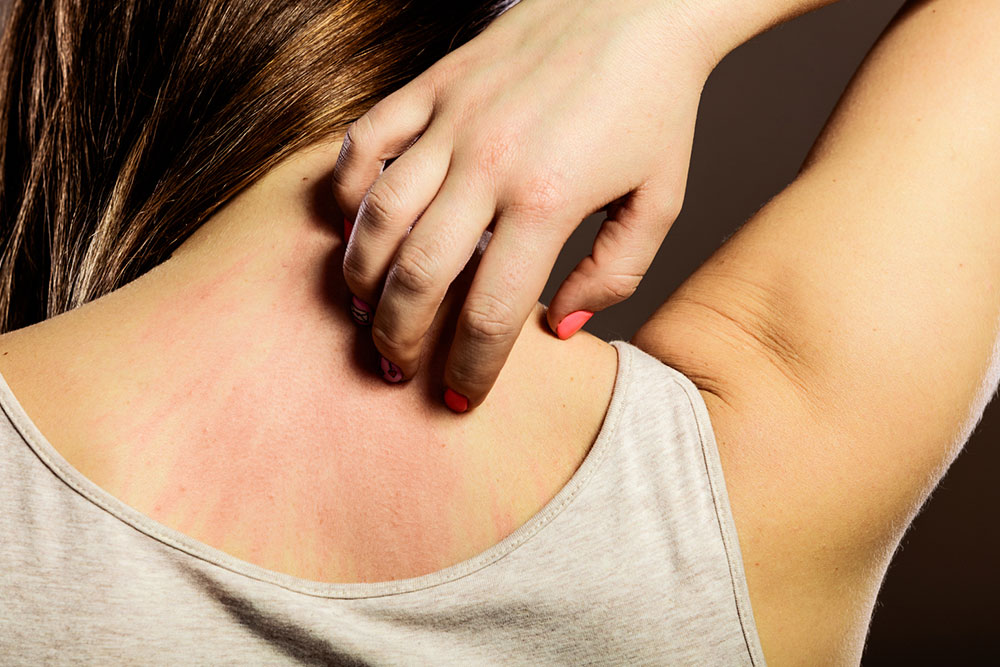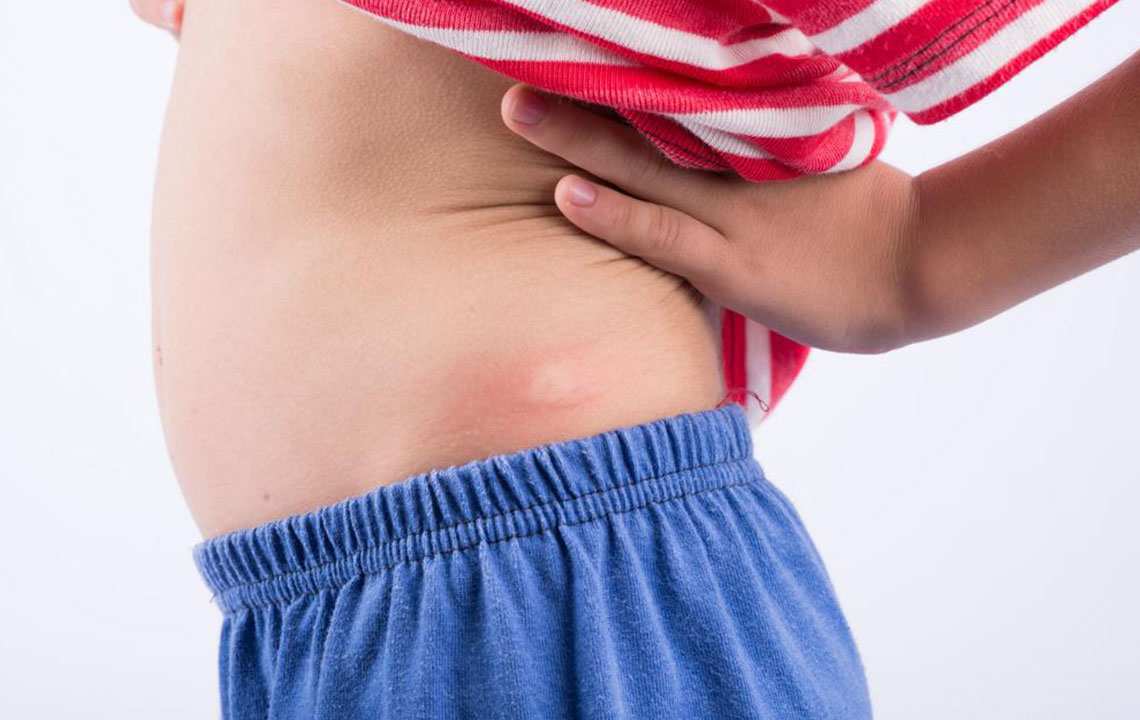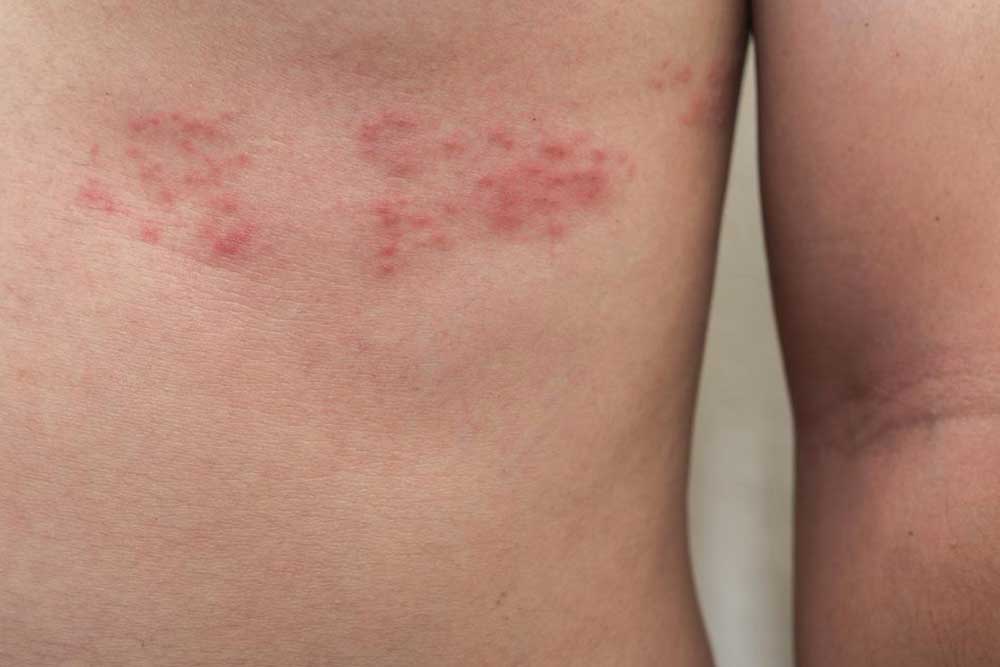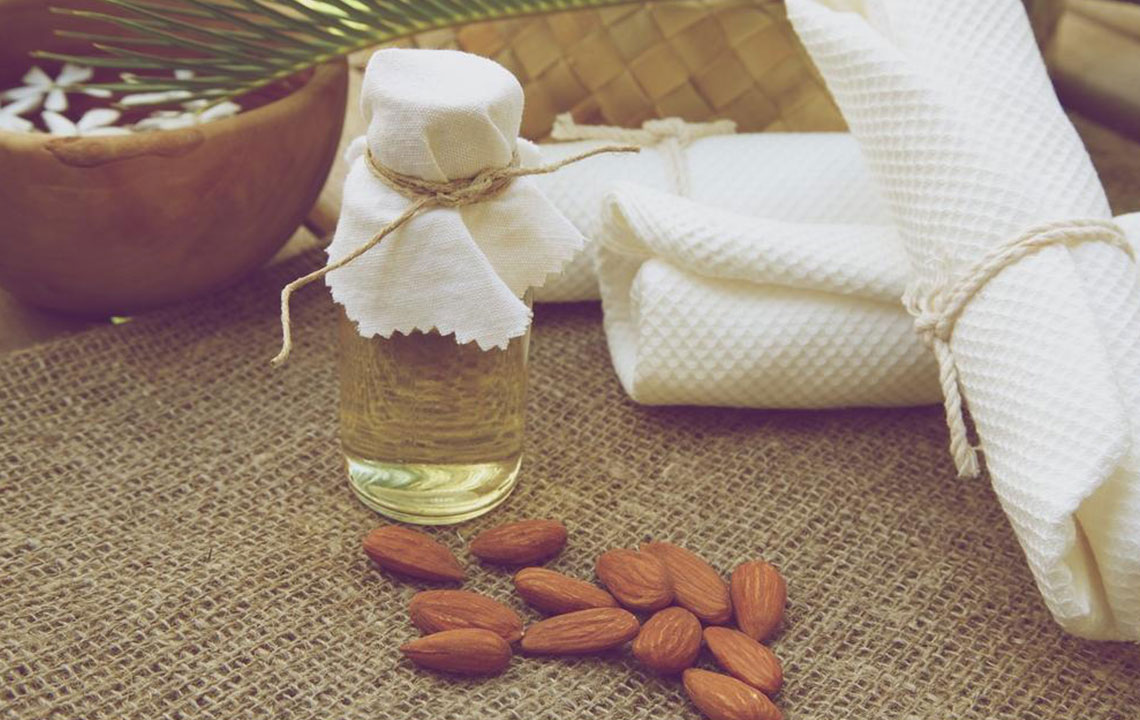Comprehensive Guide to Managing and Treating Shingles Discomfort Effectively
This comprehensive guide offers effective strategies for managing shingles discomfort, including early treatment options, home remedies, vaccination tips, and dietary advice. It emphasizes the importance of prompt medical attention and holistic self-care to reduce symptoms, speed recovery, and prevent complications, providing valuable insights for those affected by shingles.
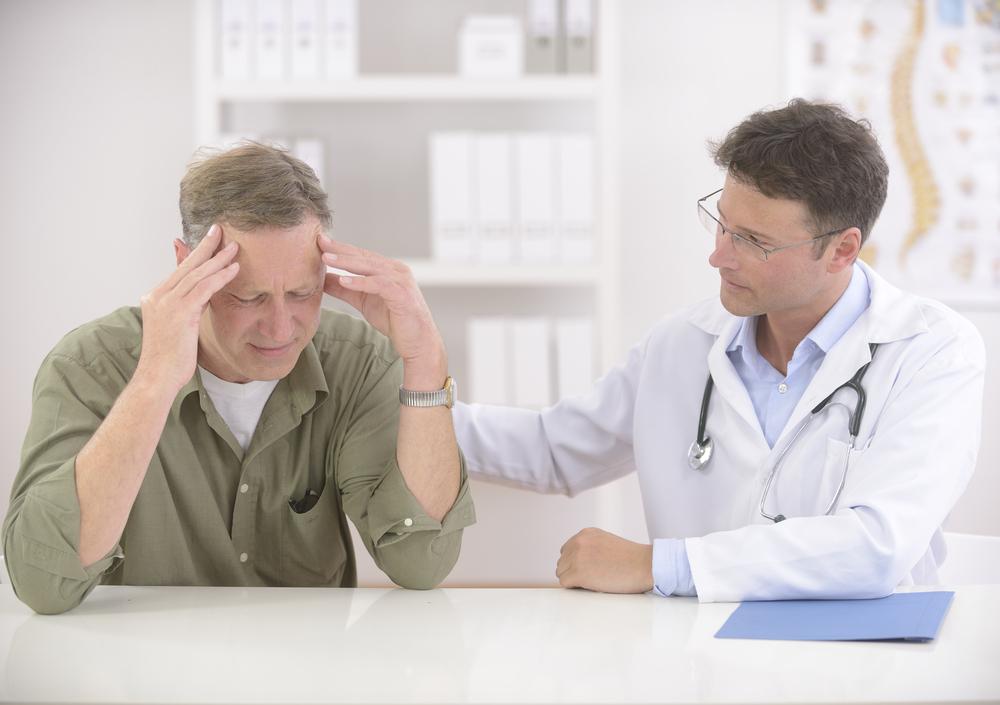
Comprehensive Strategies for Relieving Shingles Discomfort and Promoting Healing
In-Depth Approaches to Managing Shingles Symptoms
Shingles, medically known as herpes zoster, is a painful skin condition caused by the reactivation of the varicella-zoster virus—the same virus responsible for chickenpox. This condition predominantly affects older adults and immunocompromised individuals, but it can occur at any age, especially if the immune system is weakened. The reactivation of the dormant virus leads to the development of localized rashes, blisters, and intense chest or nerve pain that can significantly impair quality of life. Understanding the pathophysiology and effective strategies to prevent and manage shingles is essential for minimizing discomfort and avoiding complications.
According to epidemiological data, approximately one-third of the population in the United States will experience shingles at some point in their lives. While shingles itself is not contagious in the way common colds or flu are, the blisters contain contagious virus particles that can infect others, especially those who haven't had chickenpox or the chickenpox vaccine. The illness typically affects a single dermatome—a nerve segment—resulting in a distinctive rash confined to a specific area, usually on the torso or face. However, in some cases, the rash can spread beyond the initial site, complicating recovery and increasing risks for postherpetic neuralgia, a chronic nerve pain condition that can persist long after the rash subsides.
Although there is currently no complete cure for shingles, early intervention with appropriate treatments can substantially reduce symptom severity, speed healing, and decrease the likelihood of long-term complications. This comprehensive guide outlines essential treatment options, self-care practices, home remedies, vaccination strategies, and dietary tips designed to help those affected navigate shingles more comfortably.
Effective Treatment Options for Shingles
One of the most critical steps in managing shingles is prompt medical attention. Recognizing the early signs—such as localized pain, tingling, or burning sensations—before rash appearance is vital. When symptoms are detected early, particularly within the first 72 hours, antiviral medications are most effective. These drugs, including Acyclovir, Valacyclovir, and Famciclovir, work by inhibiting viral replication, thereby reducing rash severity, pain, and the risk of postherpetic neuralgia. Starting antiviral therapy as soon as symptoms appear can markedly improve outcomes and decrease the duration of the illness.
In addition to antivirals, healthcare providers may recommend corticosteroids to reduce nerve inflammation, especially in cases involving facial shingles or severe pain. Pain management plays a crucial role; over-the-counter analgesics such as Ibuprofen, Acetaminophen, or prescription medications like gabapentin or pregabalin may be prescribed for nerve pain. In some cases, topical agents such as lidocaine patches or capsaicin creams are utilized to provide localized relief from nerve discomfort.
Supporting Care and Symptom Management
Shingles is generally a self-limiting condition, with symptoms lasting between 2 and 6 weeks. During this period, maintaining good hygiene and skin care is essential to prevent secondary bacterial infections. Keep affected areas clean and dry, avoid scratching or popping blisters, and wear loose, breathable clothing to minimize irritation. Using sterile techniques when handling blisters can reduce infection risk and promote faster healing. Patients are advised to use separate towels and clothing to avoid cross-contamination.
Additional symptoms such as fatigue, fever, or headache may require symptom-specific treatment. Rest and hydration are crucial during recovery, along with gentle skin care routines to soothe irritated skin. To prevent the spread of the virus, patients should avoid contact with vulnerable populations—including pregnant women, newborns, and immunocompromised individuals—until blisters have crusted over completely.
Home Remedies and Self-Care Techniques for Relief
While medical treatments are paramount, several home remedies can complement professional care in alleviating shingles symptoms. Cool baths, particularly oatmeal baths—by dissolving two cups of colloidal oatmeal into lukewarm water—can soothe irritated skin and reduce itching. Avoid hot or cold water extremes, which may exacerbate discomfort. Applying moist compresses or cold packs to affected areas can provide temporary relief; however, avoid ice directly on the skin to prevent tissue damage.
For itching and blister drying, natural remedies like calamine lotion, cornstarch, or baking soda pastes can help desensitize the skin. Manuka honey, known for its antimicrobial properties, may speed healing and reduce infection risk when applied topically. Essential oils such as Lavender or Tea Tree, diluted with a carrier oil like coconut oil, possess anti-inflammatory and antimicrobial benefits—though patch tests are recommended to prevent allergic reactions.
Managing pain through relaxation techniques, including deep breathing exercises, meditation, or gentle massage, can also improve comfort. Adequate sleep and stress reduction are vital, as stress can trigger viral reactivation and exacerbate symptoms.
Vaccination and Prevention Strategies
The most effective way to prevent shingles is vaccination. The Zostavax vaccine, approved since 2006, is recommended for adults aged 50 and above. It has been shown to reduce the incidence of shingles by approximately 50% and significantly lowers the risk of postherpetic neuralgia. A newer vaccine, Shingrix, offers higher efficacy—up to 90% reduction—and is preferred in most age groups. It is administered in two doses over a period of 2-6 months and provides long-lasting protection.
Preventive measures also include maintaining a healthy immune system through regular exercise, adequate sleep, and stress management. Avoiding known triggers and practicing good hygiene, such as handwashing and avoiding contact with active shingles lesions, can further decrease the risk of infection.
Dietary and Lifestyle Tips to Support Recovery and Immune Health
Consume a diet rich in vitamins B12, A, E, and C—found in fruits, vegetables, nuts, and seeds—to bolster immune resilience.
Incorporate foods high in lysine, such as eggs, dairy, legumes, and lean meats, which some studies suggest may inhibit herpesvirus replication.
Avoid foods that can weaken immunity, including processed foods, excessive sugar, fried items, and nuts if sensitive.
Maintain hydration and include green leafy vegetables, colorful fruits, whole grains, and tomatoes in your diet to promote faster healing and recovery.
Adopting a healthy lifestyle, managing stress effectively, and listening to your body’s signals are crucial for overcoming shingles with minimal discomfort and long-term complications.
While shingles presents significant discomfort and potential complications, early treatment, effective self-care practices, vaccination, and a supportive diet canmake a substantial difference in recovery quality. Understanding and implementing these comprehensive strategies empower individuals to take control of their health and reduce the burden associated with this condition.

